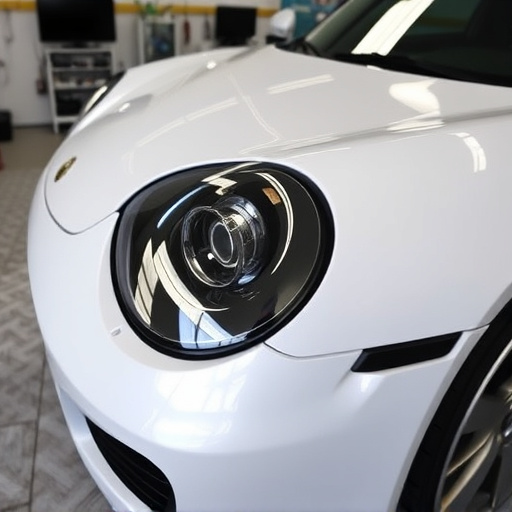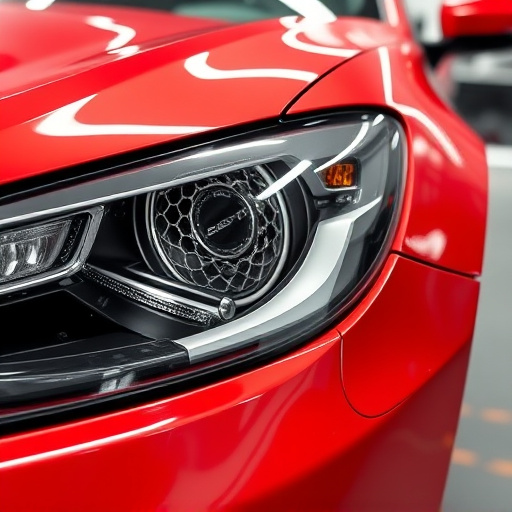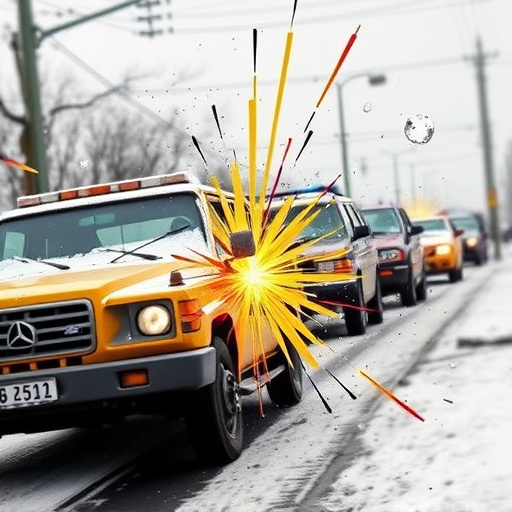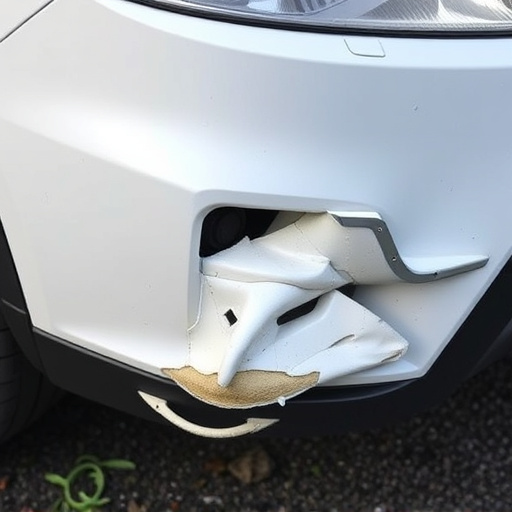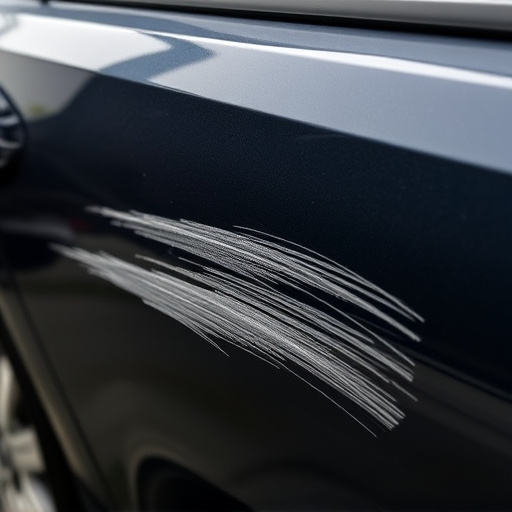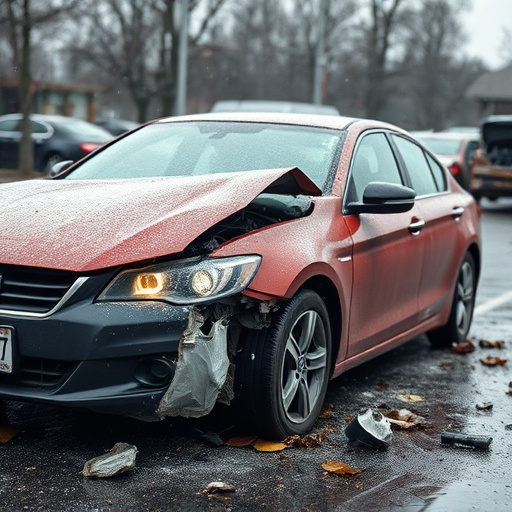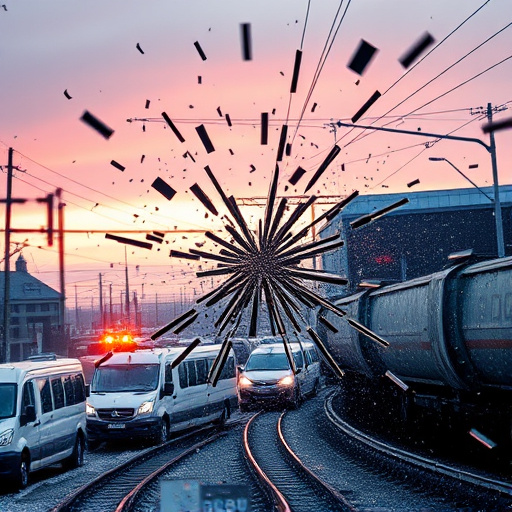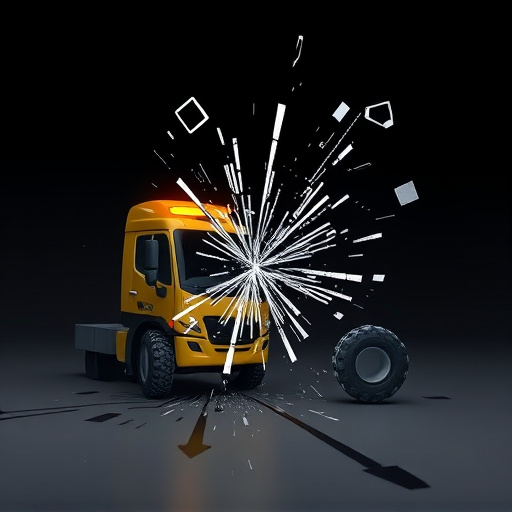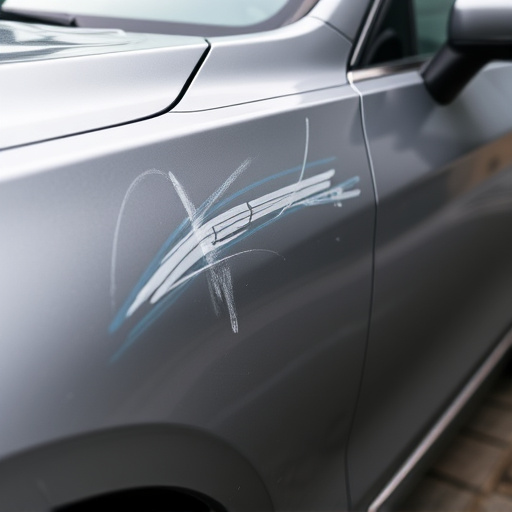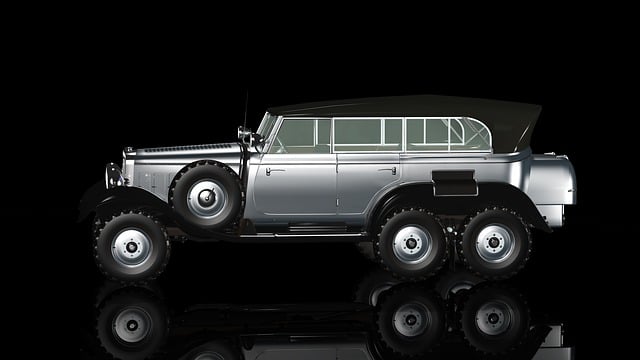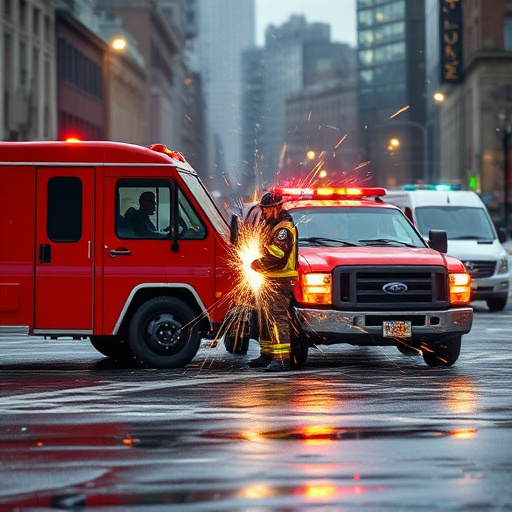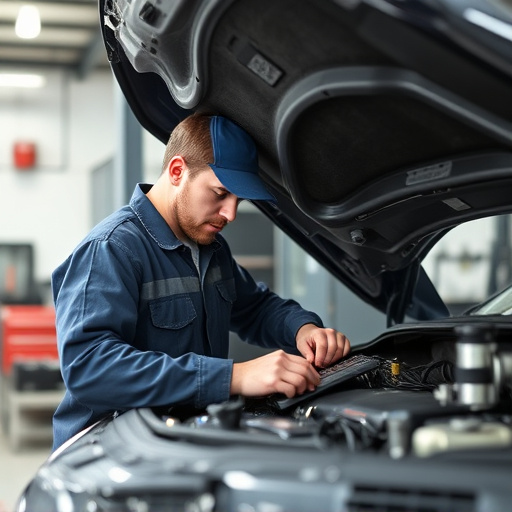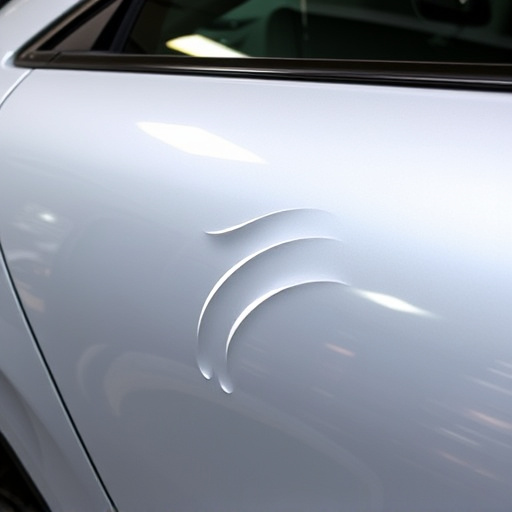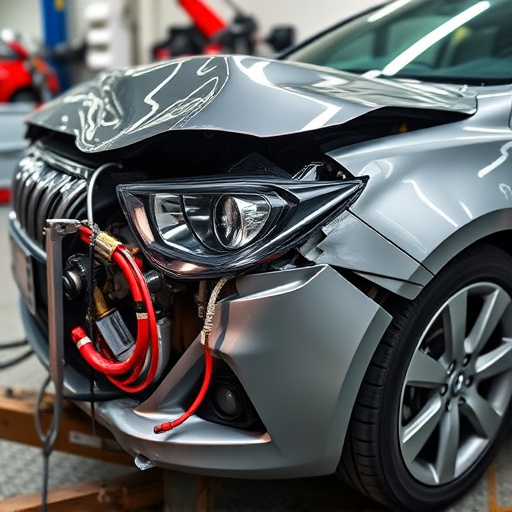Driveshaft collision repair is a critical post-accident maintenance step to ensure vehicle safety and performance. While DIY methods require specific tools and skills, professional services offer guarantees, specialized knowledge, faster turnaround, enhanced safety, and better preservation of resale value, making them the preferable choice.
After a crash, understanding driveshaft damage is crucial for safe operation. This article breaks down the options for driveshaft collision repair: DIY versus professional. While DIY can save costs, it requires specific tools and skills. Professionals offer faster turnaround times and prioritize safety with specialized equipment. Evaluating your capabilities and budget is essential before deciding between DIY or a professional mechanic to ensure reliable driveshaft repair.
- Understanding Driveshaft Damage After a Crash
- Tools and Skills Required for DIY Repair
- Professional vs. DIY: Cost, Time, and Safety Considerations
Understanding Driveshaft Damage After a Crash
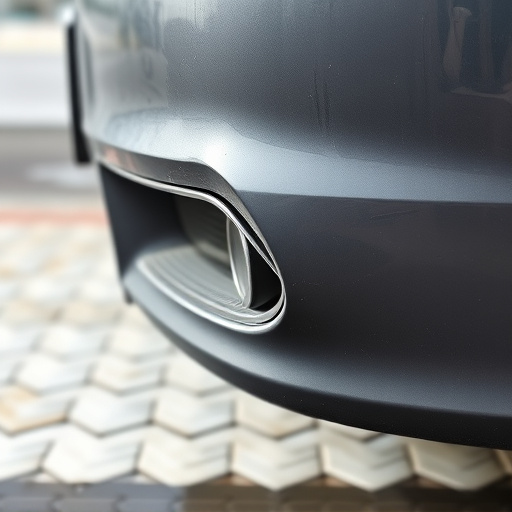
Driveshaft collision repair is a critical aspect of vehicle maintenance after an accident. When a car experiences a crash, various components can sustain damage, including the driveshaft—a crucial mechanical part that transmits power from the engine to the wheels. Understanding the extent of driveshaft damage involves careful inspection. After a collision, signs of deformation, cracks, or breaks in the driveshaft are common indicators. These structural issues can arise from the impact force, leading to reduced performance and potential safety hazards if left unaddressed.
Proper assessment is essential before attempting any repair. Collision damage repair professionals have the expertise to identify not only visible breaks but also internal damage that may require specialized tools and knowledge. Vehicle paint repair might be needed after a crash, but focusing on structural integrity through driveshaft collision repair ensures the safety and reliability of the vehicle during future drives.
Tools and Skills Required for DIY Repair
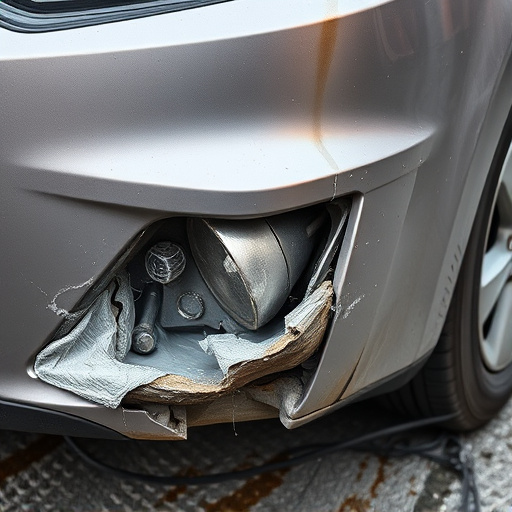
Performing a driveshaft collision repair can be a daunting task for many car owners, as it requires specific tools and skills to ensure the job is done safely and effectively. For those considering a DIY approach, gathering the necessary equipment should be the first step. This typically includes jack stands, wrenches (both open-end and socket), a torque wrench, and a set of impact drivers or socket sets for tighter fastenings. Additionally, a new driveshaft assembly, along with any required gaskets or seals, will be essential to replace the damaged components.
In terms of skills, understanding basic automotive mechanics is crucial. This involves knowing how to safely raise and support the vehicle, disassemble the drivetrain components, and accurately align the new driveshaft. It’s also important to have experience with torque specifications, as over-tightening or under-tightening can lead to future issues. While online tutorials and guides can offer valuable insights, there’s no substitute for hands-on training in automotive collision repair, especially when dealing with intricate car bodywork and precise adjustments.
Professional vs. DIY: Cost, Time, and Safety Considerations
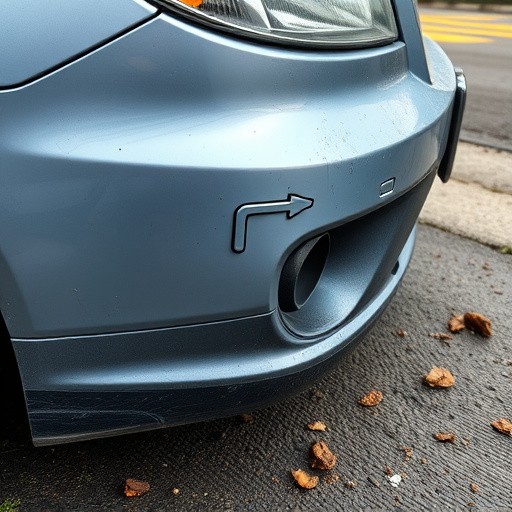
When considering driveshaft collision repair, one of the primary factors to weigh is whether to opt for professional services or attempt a DIY approach. Cost is a significant consideration; while professional repairs can be more expensive upfront, they often come with guarantees and ensure specialized knowledge that DIY methods may struggle to match. Time is another critical aspect; professionals can typically fix driveshafts faster, freeing up your vehicle for daily use sooner.
Safety is perhaps the most crucial factor. Driveshaft collision repair involves complex mechanics, and incorrect repairs can lead to serious accidents. Professionals are trained to handle these delicate situations safely and effectively, whereas DIY methods risk introducing further damage or compromising the safety of your vehicle. Additionally, professional car bodywork services often employ paintless dent repair techniques, which preserve the original finish, enhancing both aesthetics and resale value—a benefit not easily achieved through at-home repairs.
When considering driveshaft collision repair, DIY enthusiasts may find allure in cost-saving measures and self-sufficiency. However, professional services offer superior safety guarantees, precise repairs, and time efficiency, making them the ideal choice for complex driveshaft damage. Balancing personal skills with expert knowledge, it’s clear that professional driveshaft repair after a crash is often the smarter, safer bet.
